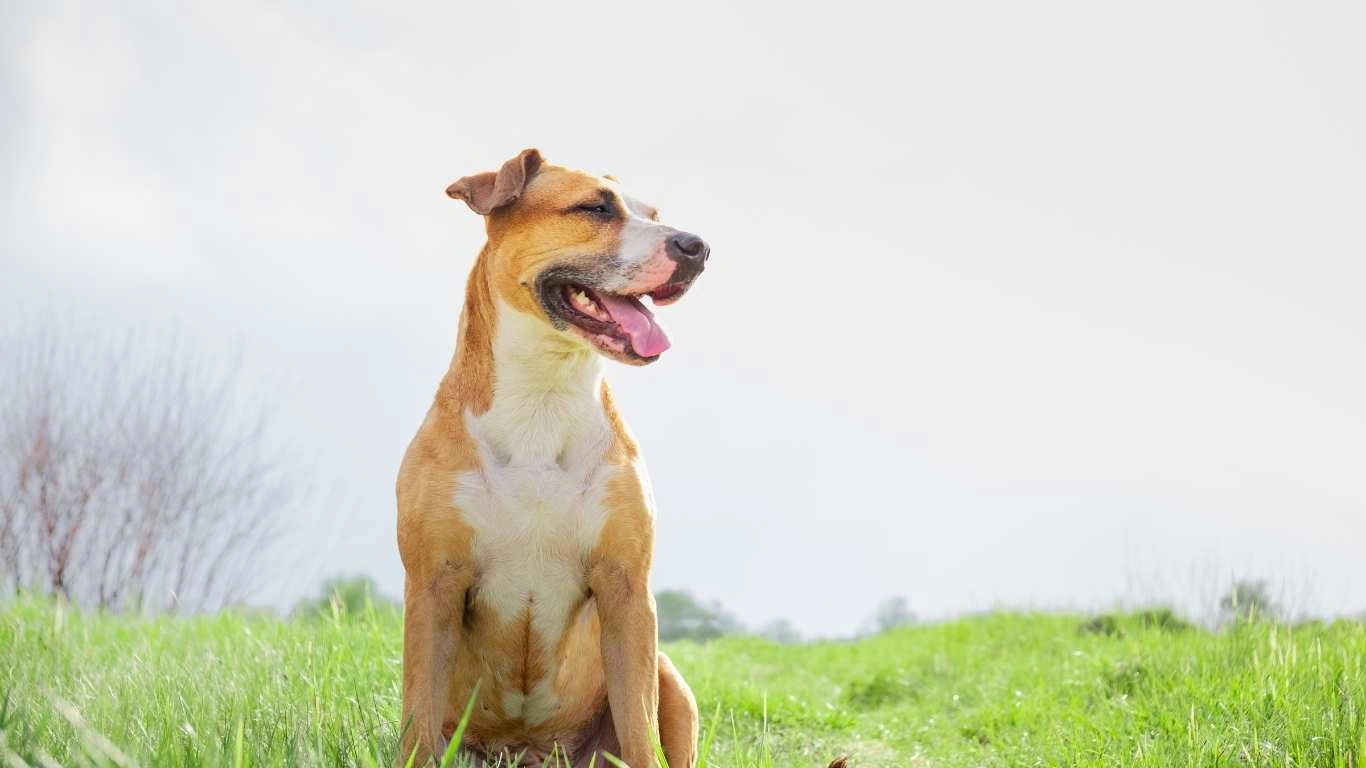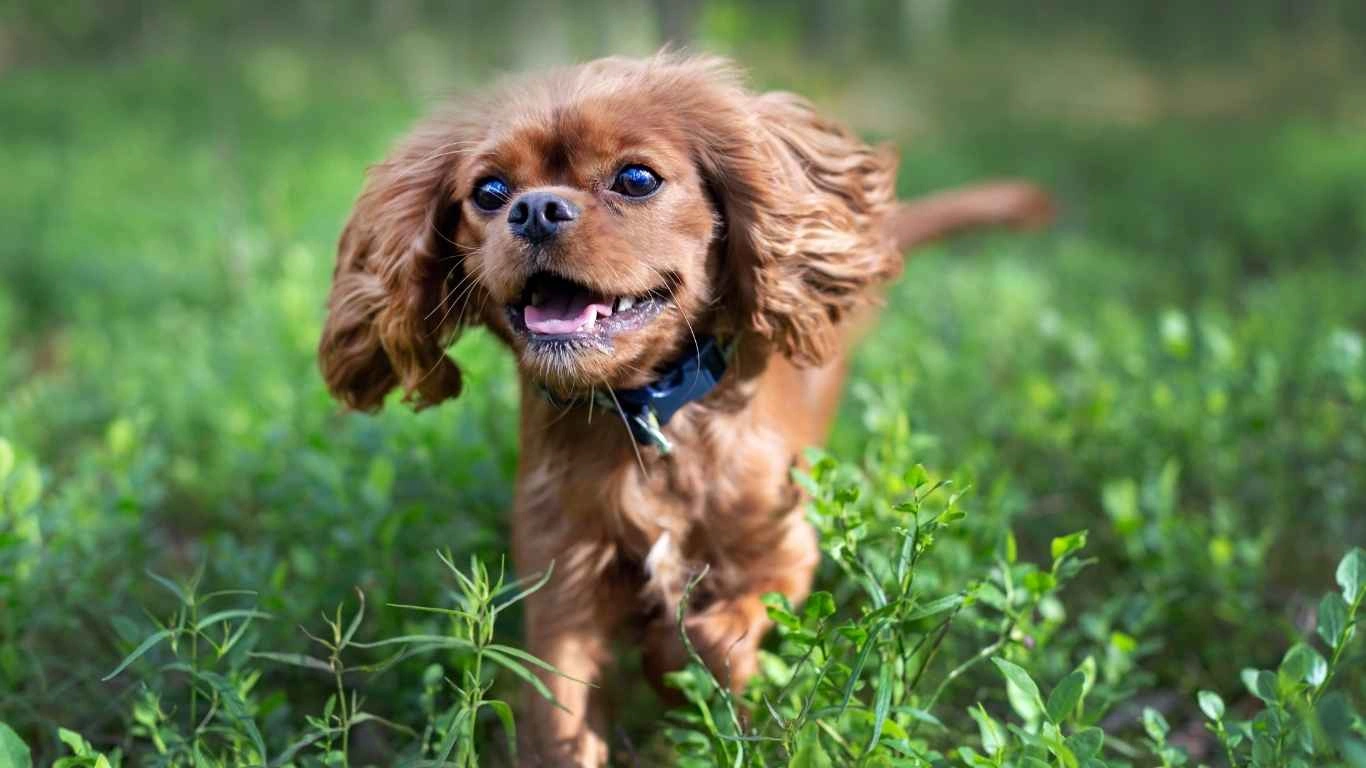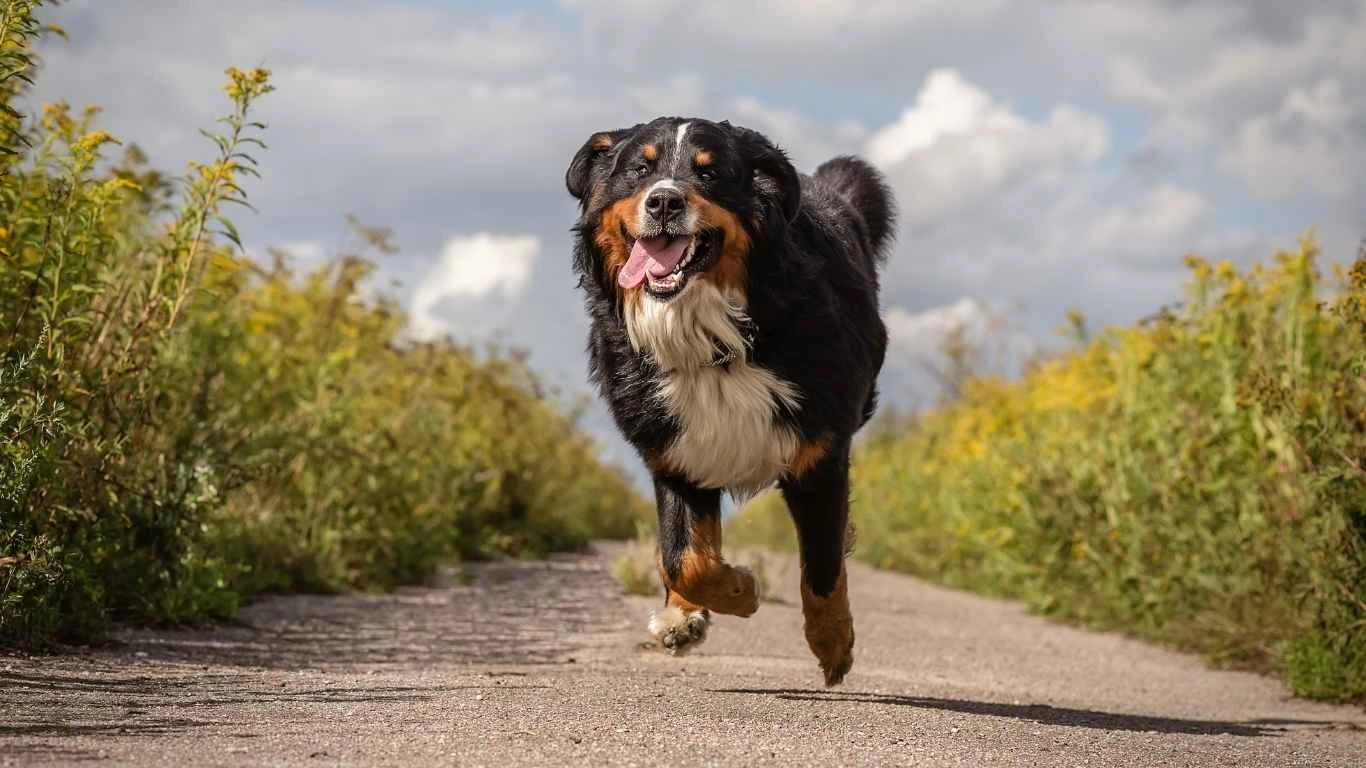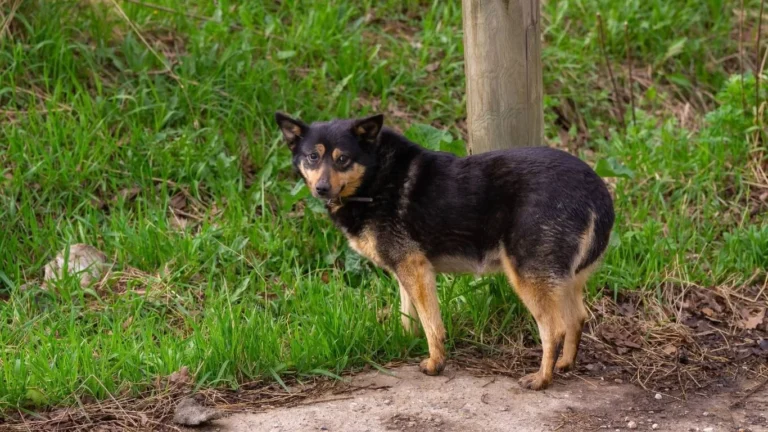Can Dogs Eat Pears with the Skin? Safe and Healthy Tips
If you’re anything like me, you’ve probably looked down at your dog while snacking on fruit and thought, “Hmm… can dogs eat pears with the skin?” I mean, those puppy eyes are persuasive! As an Animal Care Specialist who’s spent years in shelters and pet clinics, I’ve seen firsthand how something as simple as a piece of fruit can lead to a whole vet visit if we’re not careful. So before you toss a pear slice to your furry buddy, let’s break down what’s safe, what’s risky, and what I personally recommend to my clients and fellow pet parents.
Is It Safe for Dogs to Eat Pears with the Skin?

Let’s get right to the meat of the fruit—yes, dogs can eat pears, and yes, the skin is generally safe. But (and this is a big but), it depends on how you prepare it and how much they’re eating. Just because something is “safe” doesn’t mean it should be a free-for-all.
In the clinic, I’ve seen cases where a well-meaning pet owner handed over a juicy slice of pear—skin and all—only for their pup to end up with digestive upset. The truth is, the skin contains a good amount of fiber, which can be great in small quantities but a bit much for sensitive tummies.
What Makes Pear Skin Beneficial?
Pear skin actually holds a lot of nutritional value—just like it does for us humans. It’s packed with:
- Dietary fiber – Aids in digestion and helps keep things moving.
- Antioxidants – Supports immune health and can reduce inflammation.
- Vitamins C & K – Both contribute to cell repair and immune function.
So yeah, in moderation, pear skin can be a healthy little treat.
But Here’s the Catch (There’s Always One)
Dogs don’t chew the same way we do. They often swallow chunks whole, which makes pear skin a bit of a gamble. If the pear isn’t sliced thinly or if your dog gobbles it too fast, the skin could cause minor choking risks or gastrointestinal issues. Trust me, I’ve had to gently remind many pet owners that just because a dog can swallow something doesn’t mean they should.
Also, consider pesticides and wax coatings found on many store-bought pears. Those skins can hold onto some seriously icky stuff if not washed properly. Personally, I always advise washing pears thoroughly or, better yet, going organic if you plan to share them with your dog.
How I Prep Pears for My Shelter Pups

At the shelter, we like to use fresh fruit as enrichment treats during training or playtime. Here’s my go-to method for prepping pears for pups:
- Wash the pear thoroughly under running water—get all that grime off the skin.
- Slice thinly (think apple chip thin).
- Remove all seeds and the core. Pear seeds = trace cyanide = nope.
- Watch the portion size. One or two slices max for small dogs, maybe a few more for large breeds.
Even our pickiest rescues have a soft spot for a chilled pear slice on a hot day. And since pears are low in fat and cholesterol, they’re a solid option for pups on weight management diets—as long as they’re not diabetic. Pears are naturally sweet, and too much sugar (even the natural kind) can cause issues for dogs with blood sugar sensitivities.
Can Dogs Eat Pears with the Skin if They’re Older or Have Health Conditions?

Excellent question, and one I get often. Senior dogs or those with gastrointestinal issues might not tolerate the fibrous skin as well. When I worked with elderly or post-op shelter dogs, we usually peeled the fruit just to be safe. Their systems are more delicate, and it’s always better to err on the side of caution.
If your dog has a history of pancreatitis, IBS, or any dietary sensitivities, talk to your vet before introducing new foods—even something that seems as innocent as a pear slice.
So, Can Dogs Eat Pears with the Skin Every Day?

Here’s where it gets real: just because dogs can eat pears with the skin doesn’t mean they should be chomping on them daily. I’ve had a few clients come in worried because their pup had runny stools for days—and guess what? Turns out their dog was scarfing down pear slices like it was kibble. Moderation is your best friend here.
At the shelter, we treated pears like a “sometimes” snack, not a staple. Even healthy fruits can mess with the balance of a dog’s diet if overdone. A little now and then? Totally fine. Every day? That’s pushing it, especially if your dog is already on a nutritionally balanced diet.
Quick Tip: Rotate Fruits
I often tell pet parents to switch things up. Instead of sticking to one fruit, rotate between safe options like:
- Blueberries
- Watermelon (no seeds or rind!)
- Apple slices (again, no seeds or core)
- Bananas in tiny bits
It keeps things interesting for your pup and reduces the risk of one fruit messing with their digestion or sugar levels.
What About Puppies? Can They Eat Pears with the Skin?

Great question—and a super important one. Puppies have more sensitive stomachs and less developed digestive systems than adult dogs. When I worked with foster litters at the clinic, I always stuck to very mild foods and avoided fibrous skins entirely.
If you’re thinking about introducing pear to a puppy’s diet, I’d recommend peeling it first and offering just a teeny-tiny piece. Watch for any signs of tummy upset like:
- Loose stools
- Excessive gas
- Lack of appetite
- Lethargy
Even if everything seems fine, don’t go overboard. Puppies need their calories to come mostly from their puppy-formulated food, not fruit snacks—even natural ones like pears.
Watch the Sugar Levels
One more heads-up: pears are relatively high in natural sugars. Not candy-bar-levels or anything, but enough that I’d keep an eye on your pup’s intake—especially with young, growing dogs. I’ve seen pups who get too much sugar (even from fruit) develop picky eating habits or get hyper during training sessions.
Serving Ideas: Make Pear Time Fun and Safe

Okay, let’s talk practical. One of my favorite things to do, especially on warm days or when we need a little enrichment boost at the shelter, is turn healthy snacks into activities. Pears can be part of that!
Here are a few fun and safe ways to serve pears to your dog:
- Frozen Pear Pops: Blend peeled or unpeeled (if you’re sure your dog tolerates it) pear slices with a bit of water, freeze in silicone molds. Boom—pup-sicles!
- Kong Filler: Dice pear pieces (again, no seeds!), mix with a spoon of plain Greek yogurt, and stuff into a Kong toy for a cooling treat.
- Training Tidbits: Thin slices make great low-fat rewards. Just keep the pieces super small to avoid over-snacking.
- Fruit Salad for Dogs: Mix a few dog-safe fruits with pear slices for variety. Dogs love the different textures and tastes!
Honestly, my shelter dogs went bonkers for frozen pear cubes in the summer. It’s a budget-friendly way to keep them cool and stimulated—and let’s be real, there’s something adorable about a dog nibbling a piece of fruit like it’s a gourmet treat.
Common Mistakes to Avoid When Feeding Pears to Dogs
Even with the best intentions, it’s easy to slip up. So, here’s a list of things I regularly coach pet parents on:
- Leaving the core and seeds: These can be choking hazards and contain cyanogenic compounds (yep, the bad kind of cyanide).
- Using canned pears: Don’t do it. The syrup is loaded with sugar and often contains preservatives that aren’t dog-friendly.
- Serving too much: Just because your dog loves it doesn’t mean more is better. Portion control matters.
- Ignoring allergies: Some dogs do react to new fruits, so always test a small amount first.
One time, I had a well-meaning client feed her Labrador half a pear a day for a week. The poor guy came in with bloating and diarrhea. Lesson learned—start slow and always watch for signs.
What to Do If Your Dog Has an Adverse Reaction to Pears

Even with all the precautions in the world, sometimes dogs can have a not-so-great reaction to new foods—yes, even healthy fruits like pears. If you notice any of the following after feeding your dog pear slices (skin or no skin), it’s time to pause and check in with your vet:
- Vomiting or persistent diarrhea
- Excessive drooling or pawing at the mouth
- Signs of abdominal pain or bloating
- Sudden lethargy or weakness
- Unusual swelling, especially around the face or throat
During my years working in shelters and clinics, I always stressed to pet parents that even fruits considered safe can cause allergies or sensitivities in individual dogs. When in doubt, stop giving the pear and seek professional advice.
How to Introduce Pears Safely
From experience, the key to safely adding any new food, including pears with the skin, is to start slow. Begin with a tiny piece, watch your dog’s reaction for 24 hours, and increase the amount gradually if all goes well.
Also, keeping a food diary can help you track what your dog eats and spot any correlations between new foods and health changes. When I trained new shelter volunteers, we always encouraged this habit—it’s simple but invaluable.
Are Pears Better Than Other Fruits for Dogs?

That’s a fair question—and one I get asked a lot. Pears definitely have a special spot in my heart and the hearts of many dogs I’ve cared for, but “better” depends on what you’re looking for.
Pros of Pears:
- Low in calories and fat
- Rich in fiber and vitamins (C and K)
- Hydrating because of high water content
- Generally well-tolerated when prepared correctly
But remember: Some fruits have their own perks. Blueberries are a powerhouse antioxidant; bananas are great potassium sources; watermelon is super hydrating with minimal calories.
My advice? Mix it up and rotate safe fruits to keep your dog’s diet balanced and interesting. Plus, variety means fewer chances for allergies or digestive upset.
Final Thoughts on Can Dogs Eat Pears with the Skin?
Having worked closely with countless dogs over the years—from scrappy shelter rescues to pampered pets—I can confidently say pears are a lovely, safe treat when offered properly. The skin is fine in moderation, but preparation and portion control are key. Your dog’s unique health, age, and digestive tolerance always come first.
Just remember to wash pears thoroughly, slice them thin, remove seeds, and watch your dog’s reaction closely. When in doubt, consult your vet or a trusted animal care professional.
With a little care, pears can be a tasty and nutritious way to spoil your furry friend without risking their health.
References
Disclaimer
This article is intended for informational purposes only and is not a substitute for professional veterinary advice, diagnosis, or treatment. Always consult your veterinarian before introducing new foods into your dog’s diet or if your dog experiences any adverse reactions. Individual health conditions and dietary needs vary, so personalized guidance is essential.






